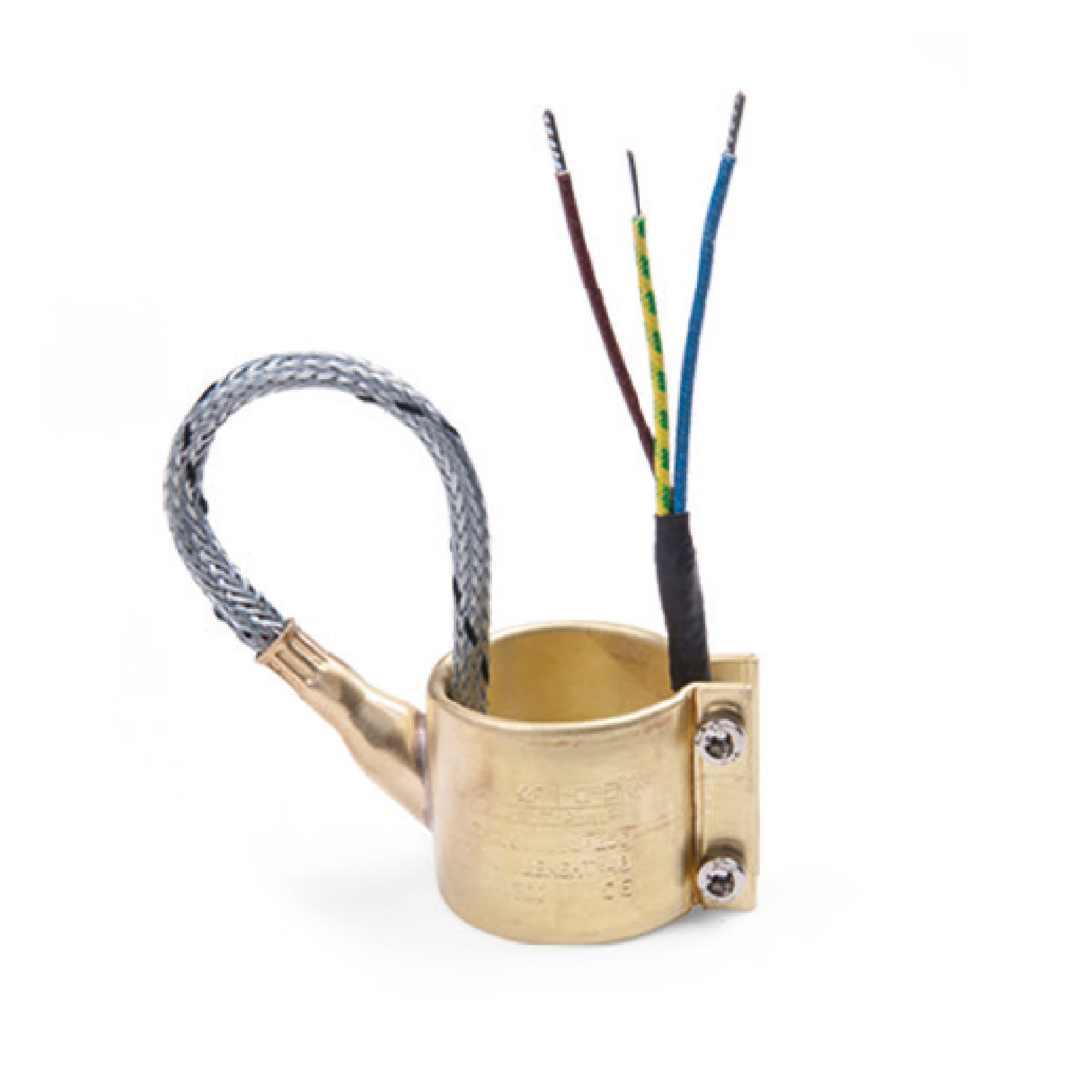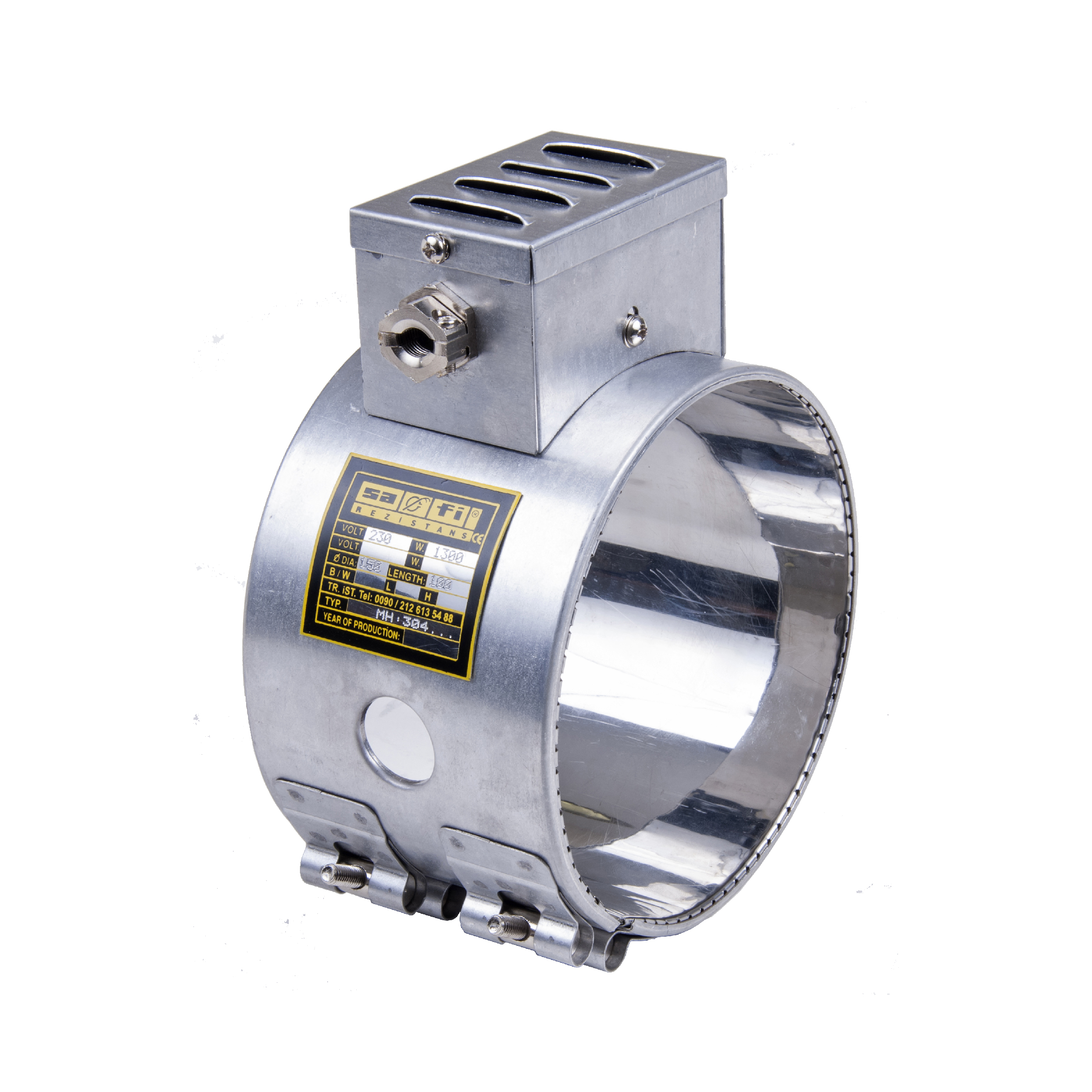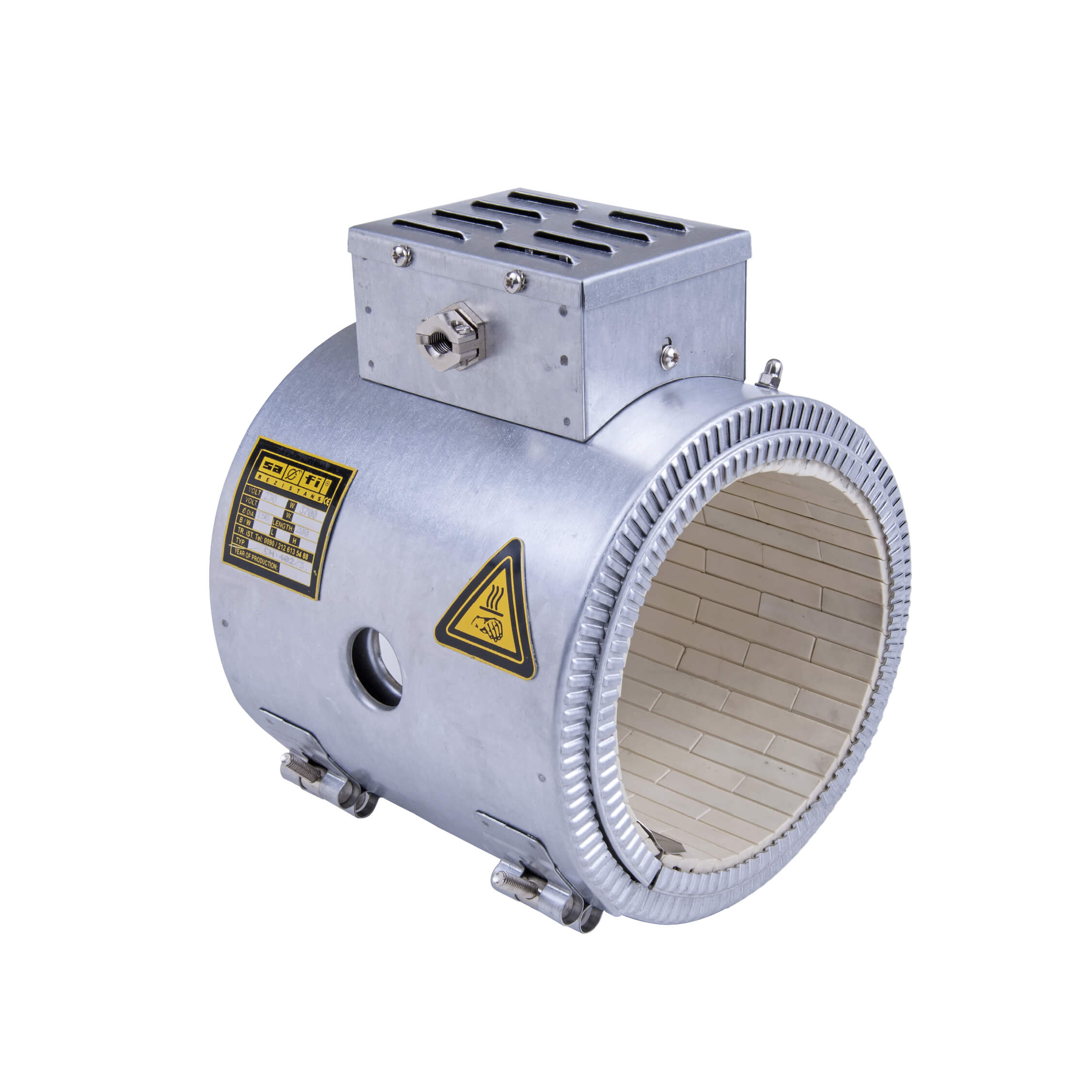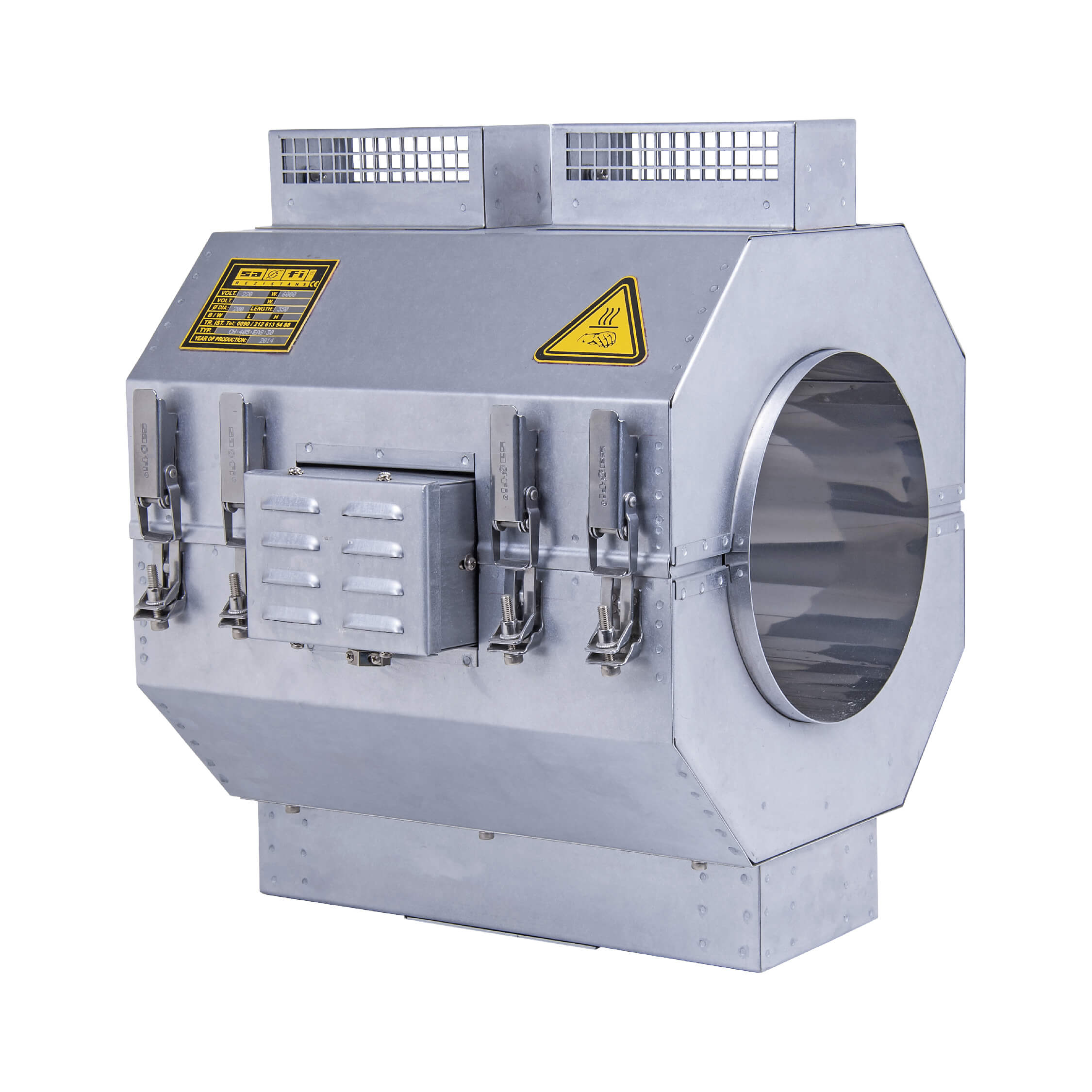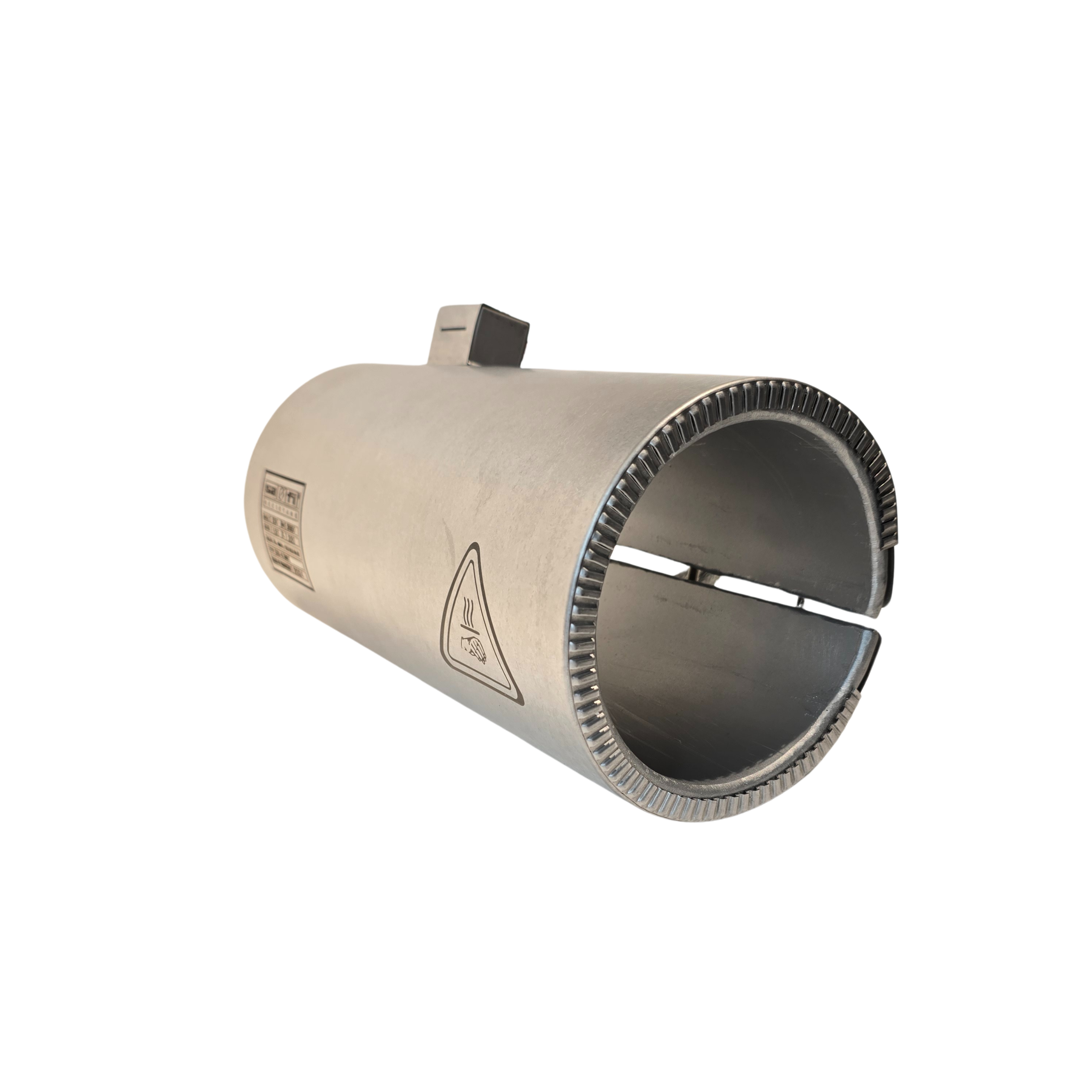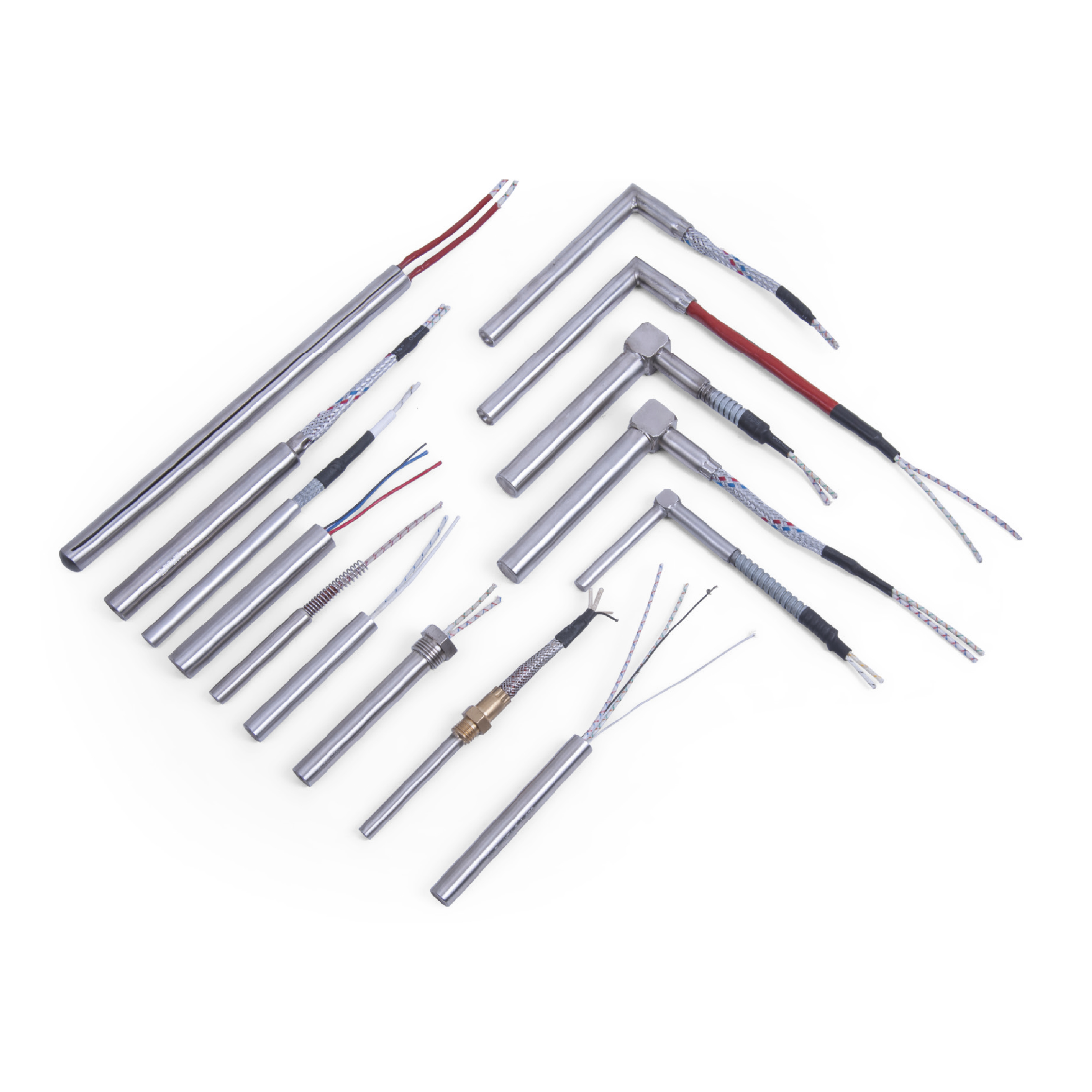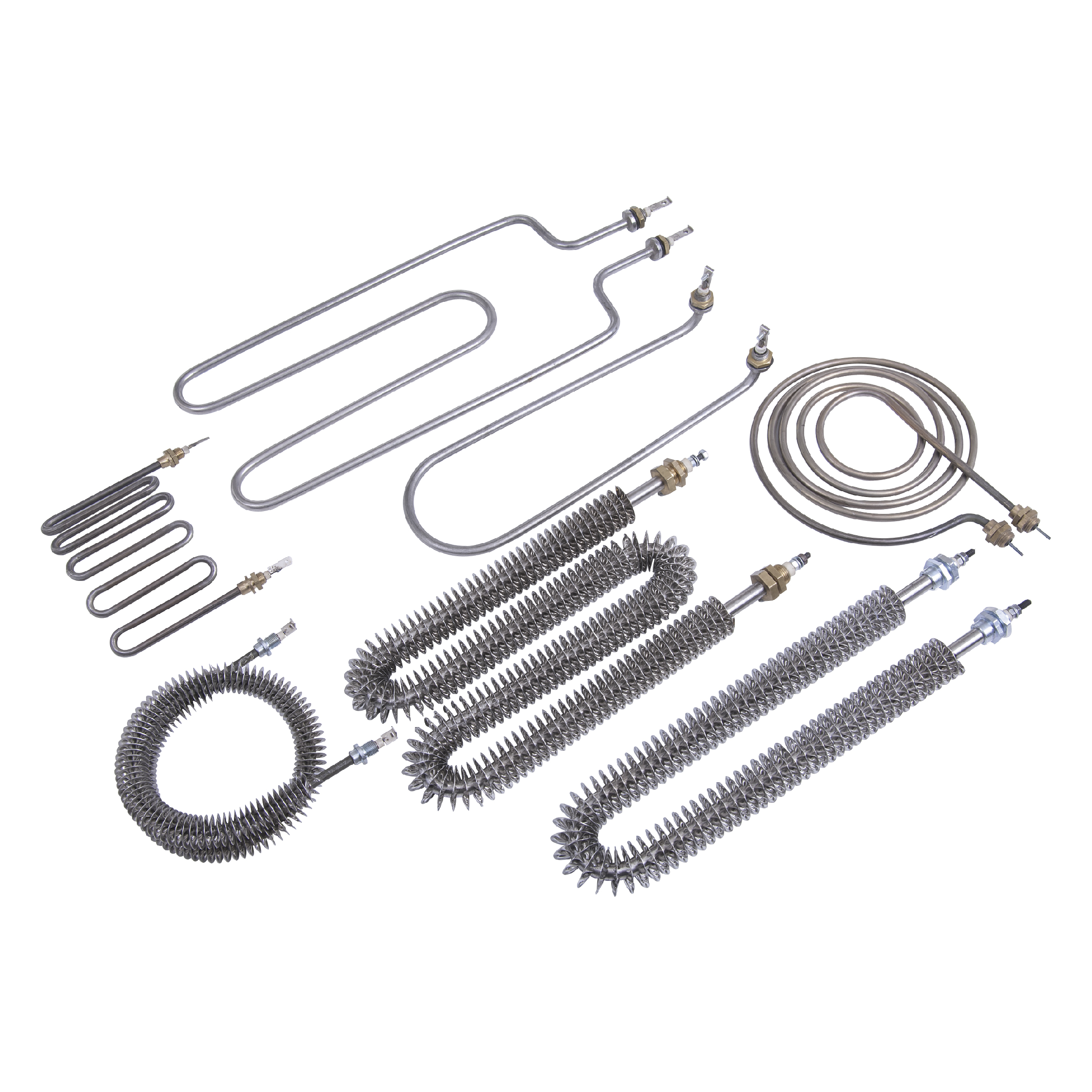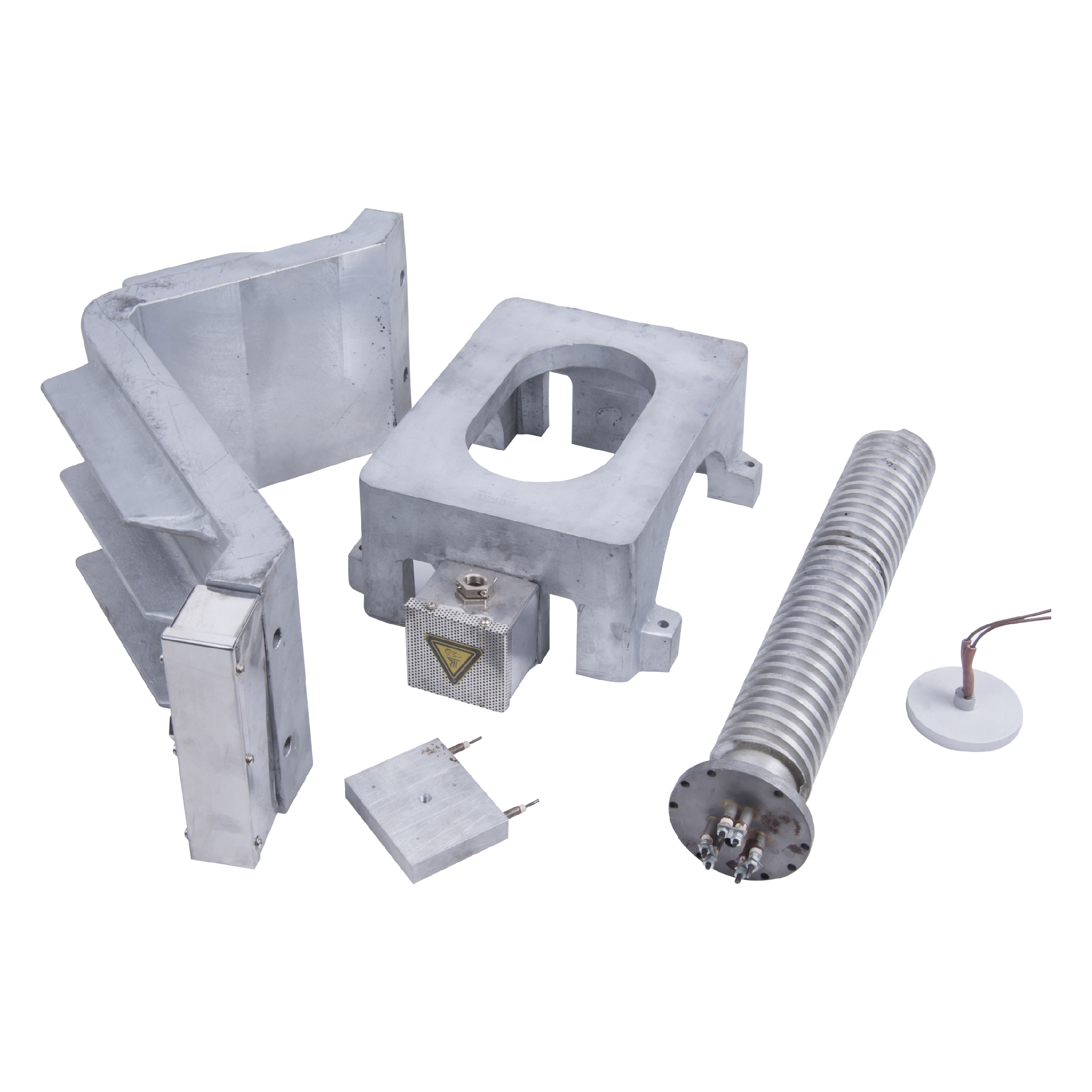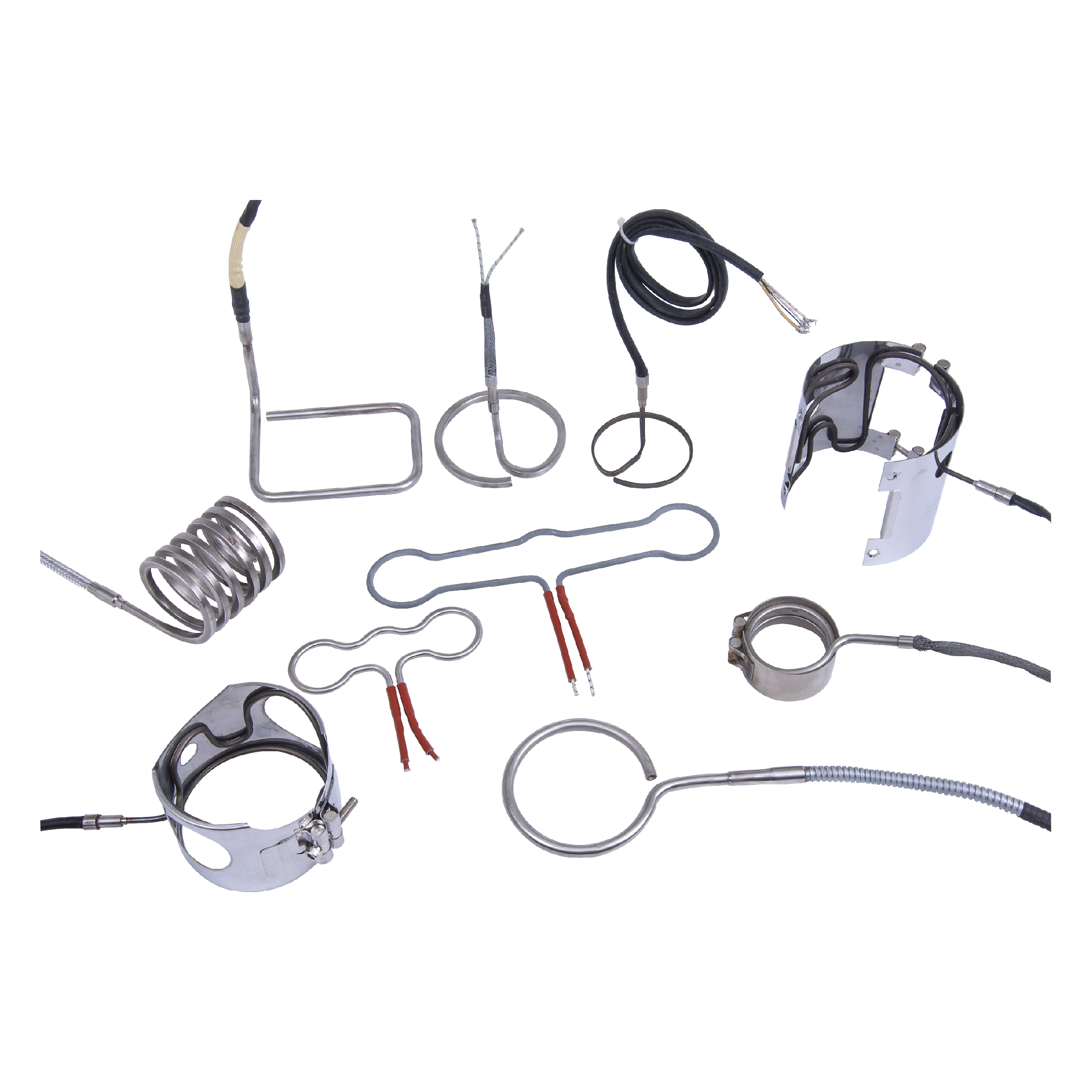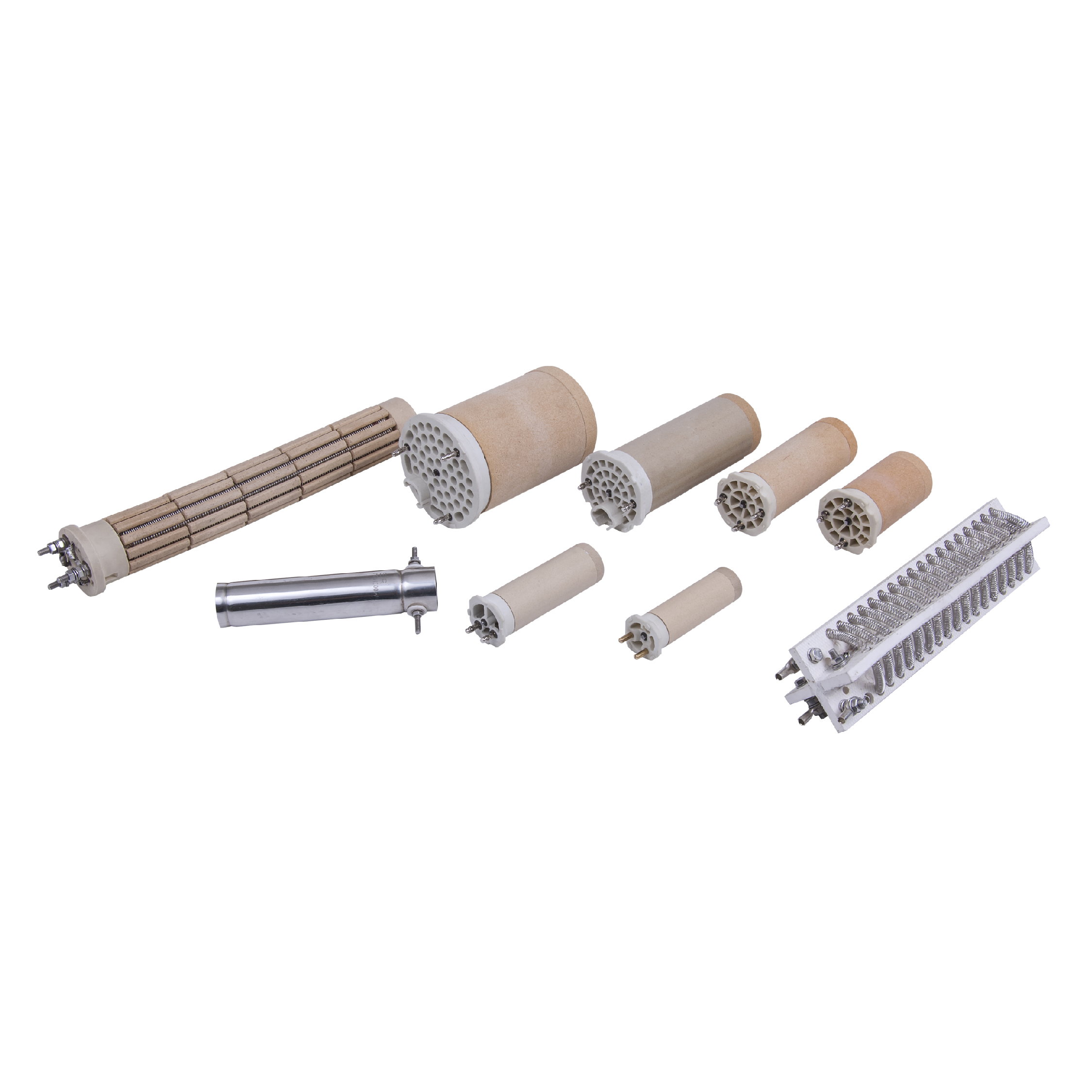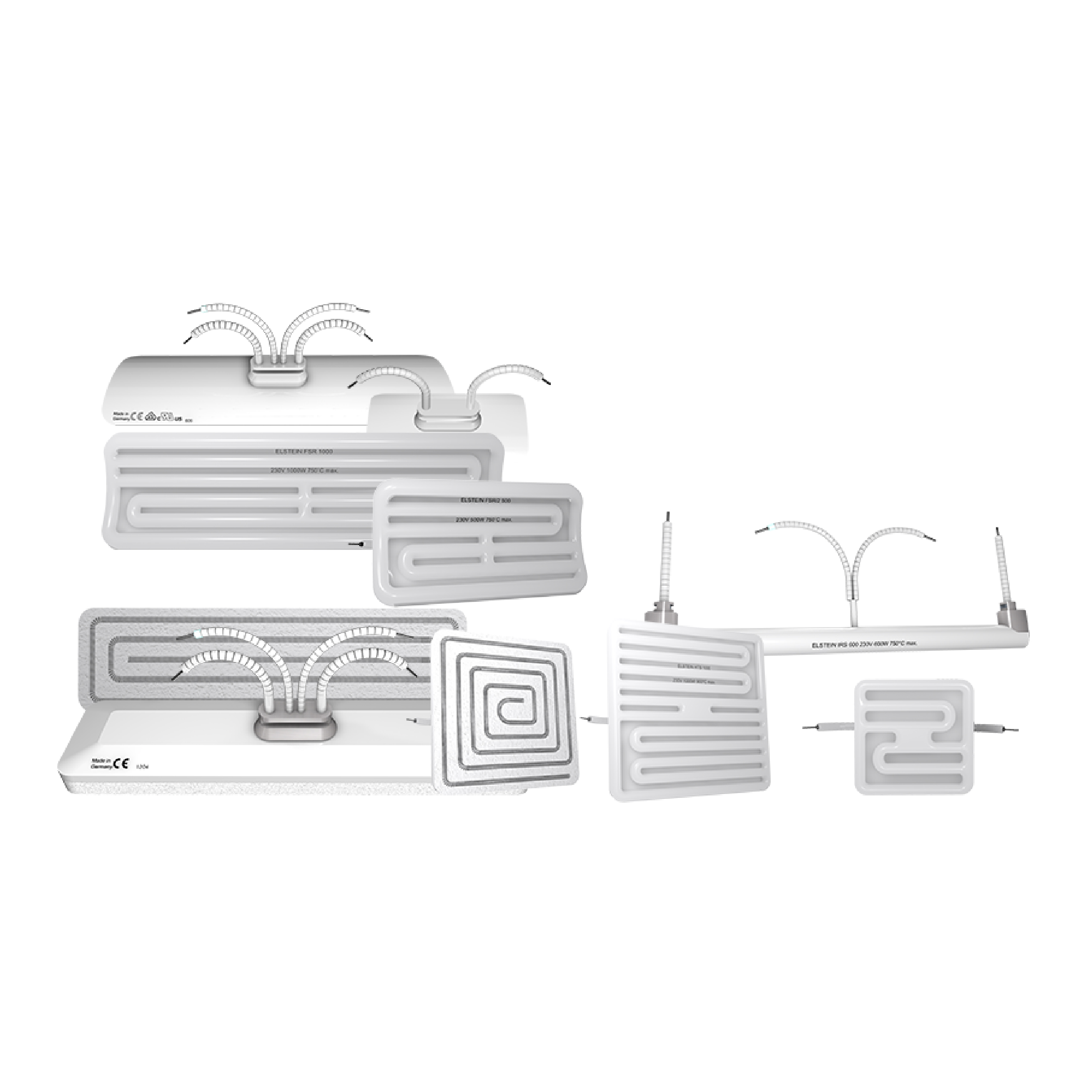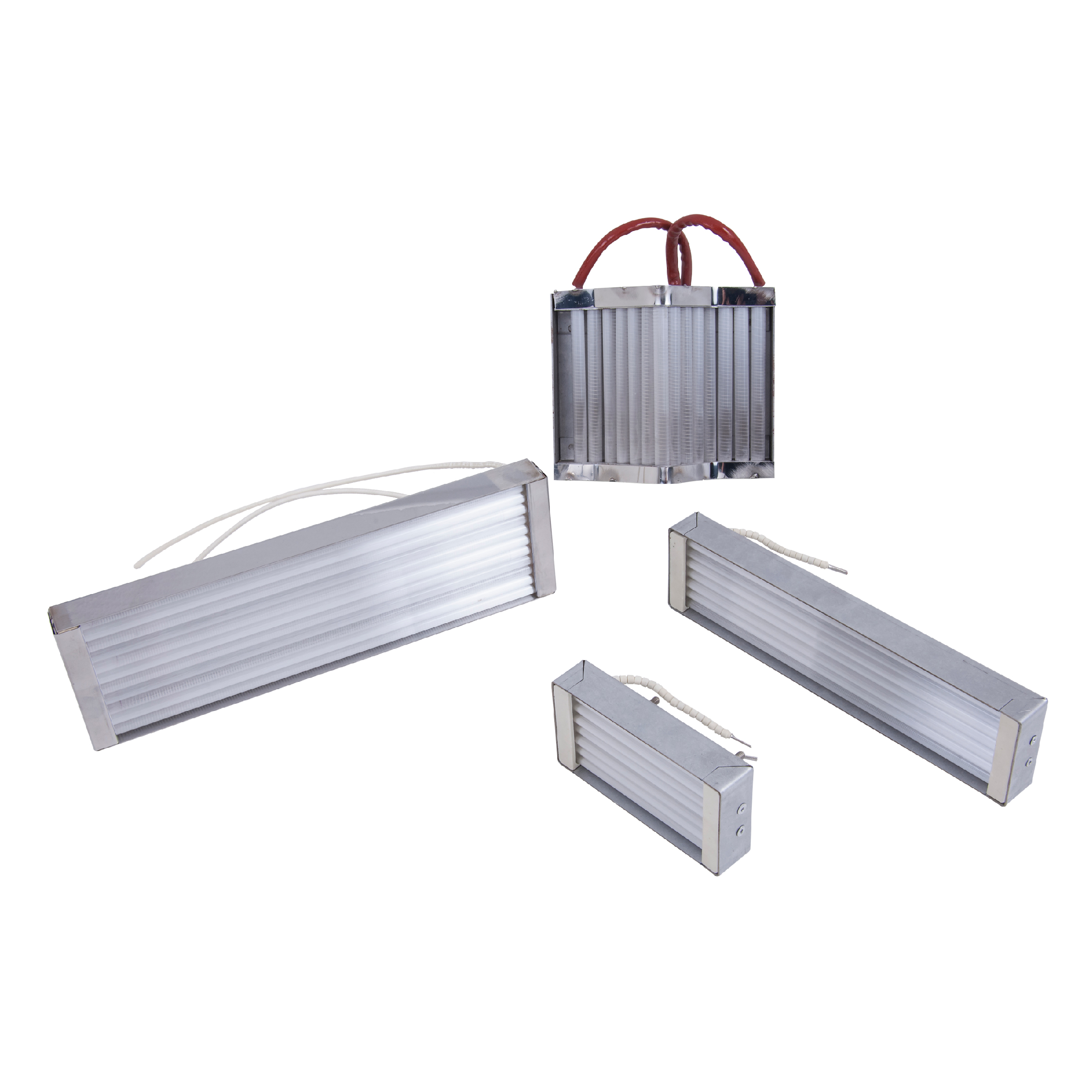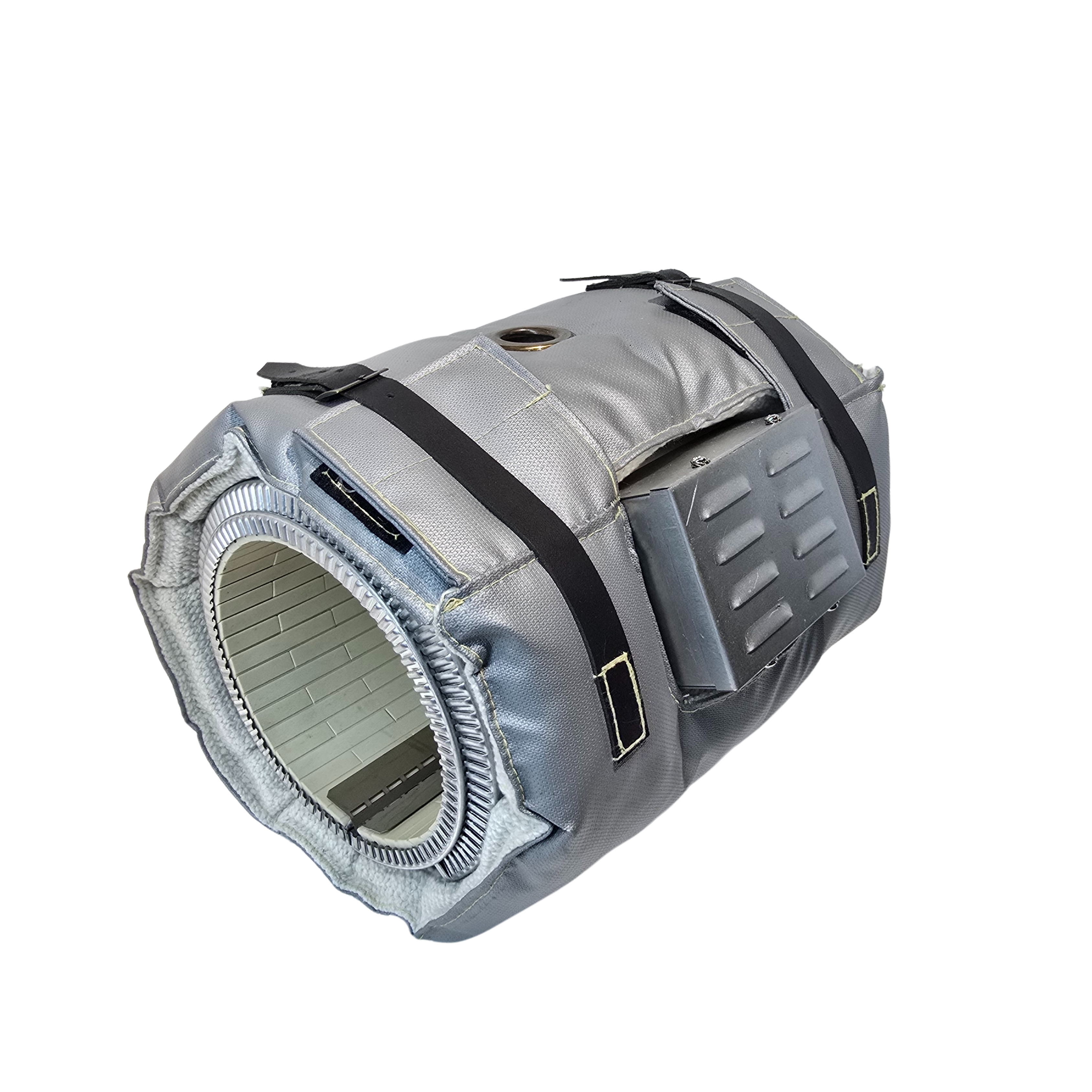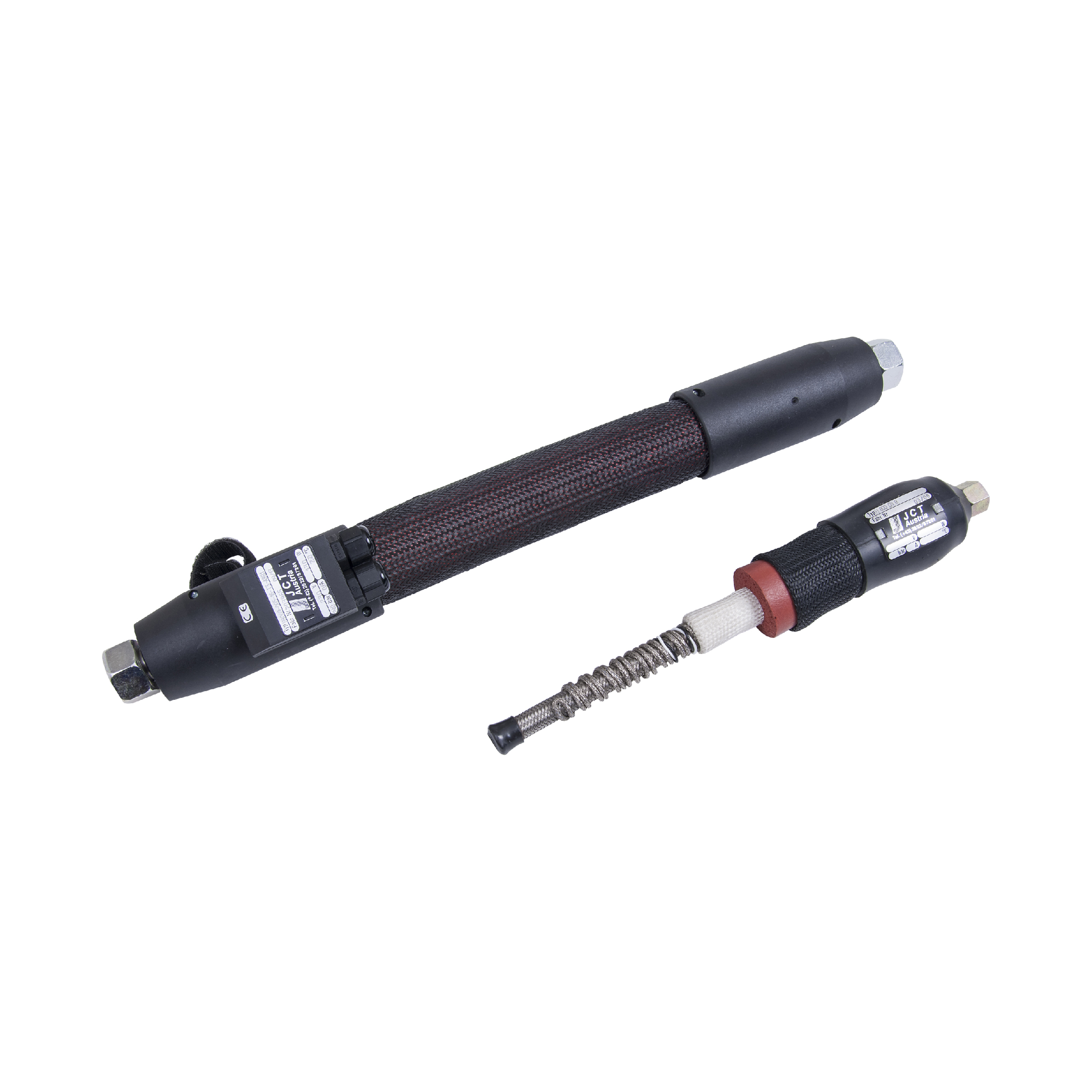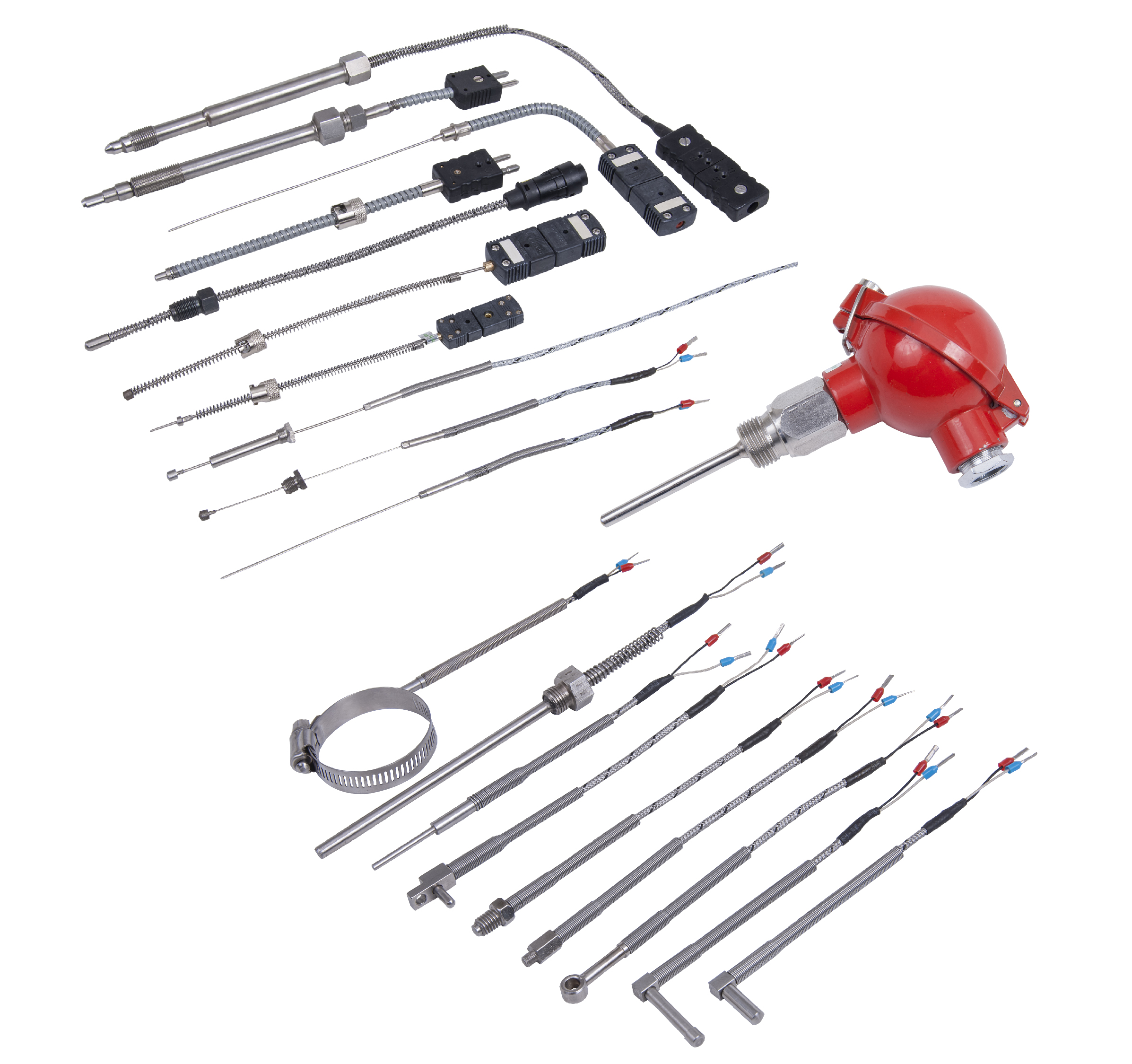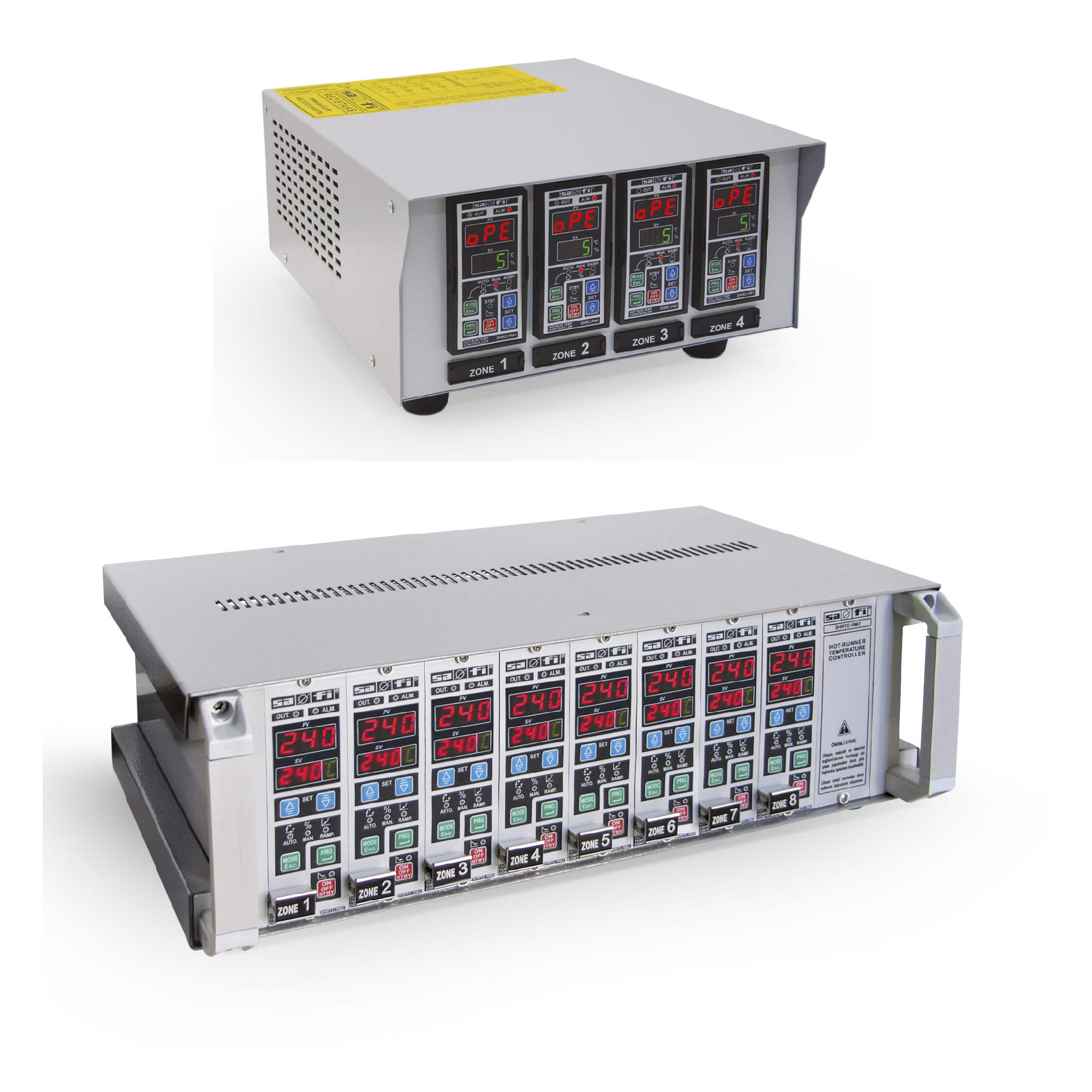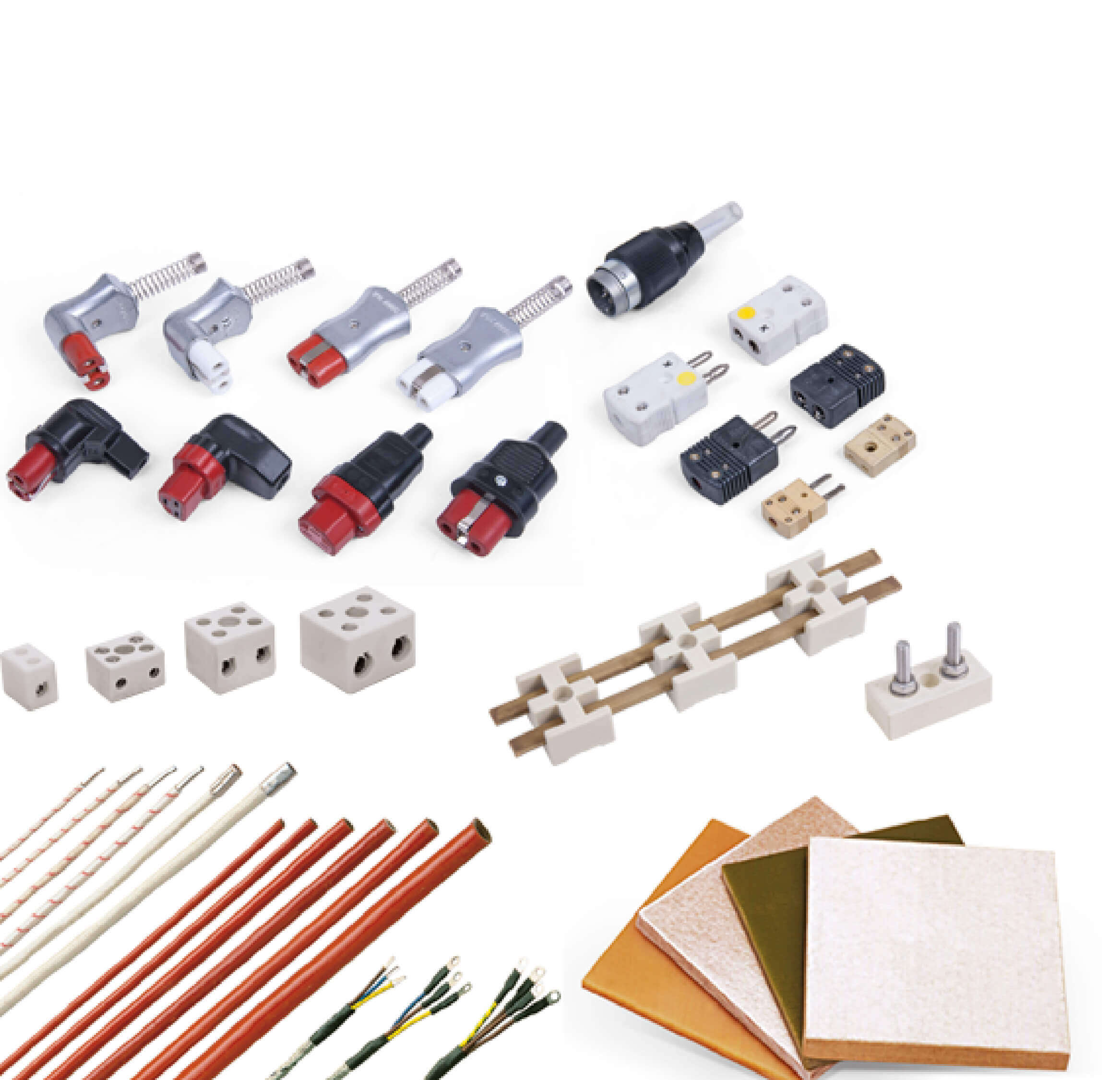7 Maintenance Tips to Extend the Life of Heating Elements
Heating elements are a vital part of industrial and household heating systems. If not properly maintained, they can wear out prematurely, causing reduced efficiency or even system failure. So, how can you extend the life of a heating element? Here are 7 essential maintenance practices to ensure long-lasting, safe, and effective use.
1. Perform Compatibility Checks Before Installation
Before integrating the heating element into the system, always verify its electrical ratings (voltage and wattage) and physical dimensions. Improper installation may lead to early failure or immediate damage.
2. Keep the Surface Clean
In dusty, greasy, or chemically active environments, surface contamination can block heat transfer. Regular cleaning helps increase efficiency and extend service life.
3. Operate at the Correct Voltage and Power
Running a heater outside its designed voltage range can damage the resistance material and affect performance. Always operate it according to manufacturer specifications.
4. Use Thermal Protection Devices
Thermostats, thermocouples, and thermal fuses are crucial safety tools that protect the heater from overheating. They prevent element burnout and extend product lifespan.
5. Avoid Mechanical Impact
Any impact or vibration during installation or operation may lead to microcracks, which can eventually cause internal failure or short circuits.
6. Ensure Suitable Environmental Conditions
Humidity, ambient temperature, and airflow affect the element’s durability. In humid areas, stainless steel heating elements are recommended for corrosion resistance.
7. Schedule Periodic Tests and Measurements
Resistance and insulation tests using a multimeter help detect early issues. Preventive maintenance avoids unexpected downtimes and increases operational reliability.
The lifespan of a heating element depends not only on its manufacturing quality but also on how it’s maintained and used. By applying these 7 maintenance tips, you can reduce costs, ensure safety, and improve system performance.

